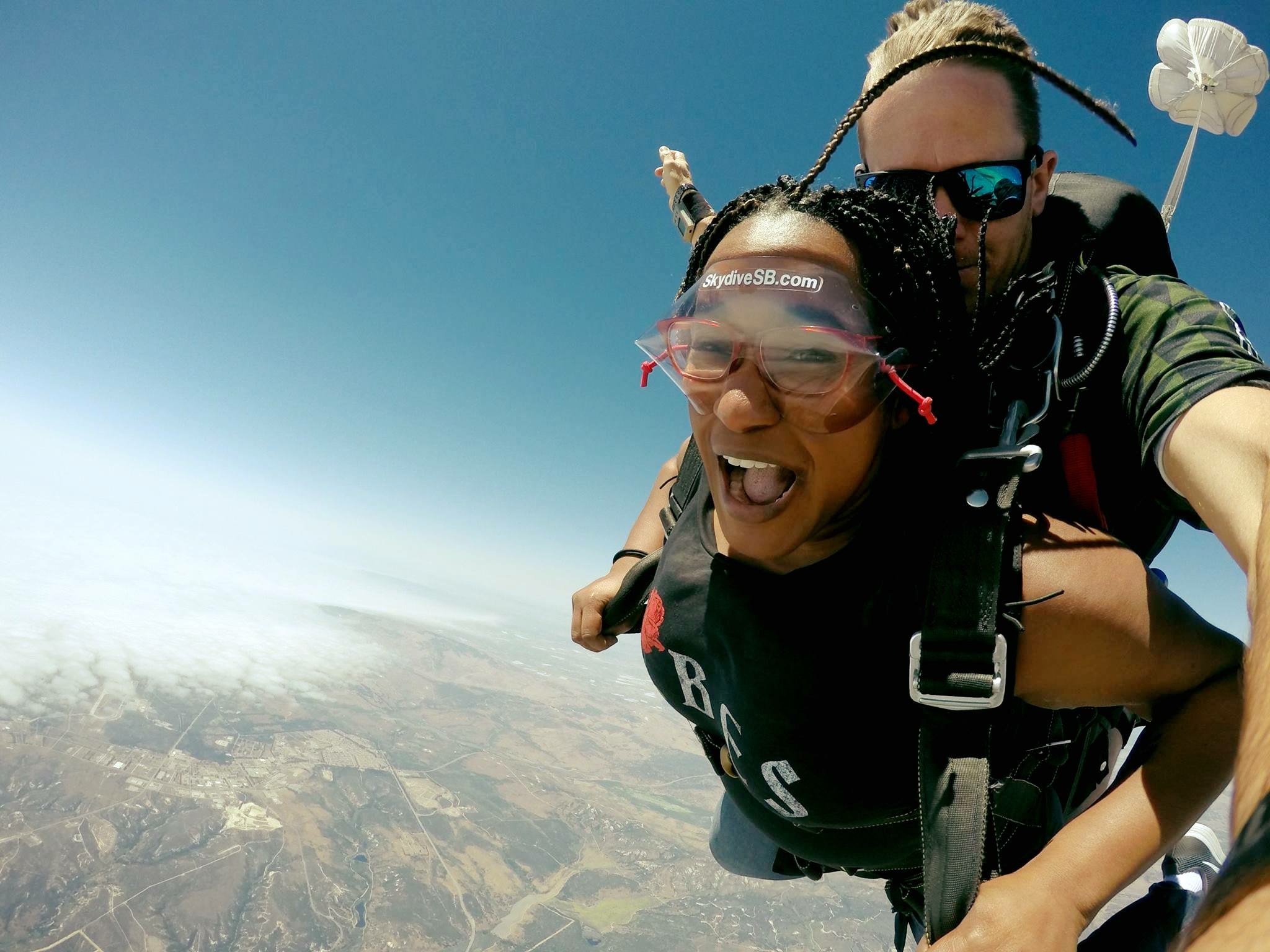Do you have a “good ear?” Is crossing the street or keeping up with conversations in a busy restaurant difficult and exhausting? If you are living with single-sided deafness, it may be time to learn about the Cochlear™ Baha® System as a solution to help those with single-sided deafness (SSD).
What is single-sided deafness?
Single-sided deafness (SSD) is a condition in which an individual has a profound hearing loss in only one ear. SSD can make everyday activities more difficult, including business meetings, crossing the street, driving a car and enjoying social gatherings in noisy environments.
 Have you or a loved one been living with single-sided deafness? If the below coping mechanisms sound familiar to you, it might be time to look into the Baha System as a solution for you or a loved one:
Have you or a loved one been living with single-sided deafness? If the below coping mechanisms sound familiar to you, it might be time to look into the Baha System as a solution for you or a loved one:
- Do you ask people to speak into your “good ear”?
- Do you avoid noisy restaurants for fear of not being able to hear?
- Do you sit on certain sides of the room to help you hear?
How the Baha Implant System Works
Baha Implant Systems, or bone conduction implant systems, use bone conduction to transmit sound vibrations through the bones in the skull to the healthy inner ear using a small implant placed in the bone behind the ear. Through bone conduction, sound bypasses the damaged part of the outer or middle ear and sends clearer, crisper sound directly to your inner ear1.
The Baha System and single-sided deafness
The Baha Implant System is a clinically proven medical treatment option for those living with single-sided deafness. Ears work as a team and hearing with both ears improves speech recognition2. The Baha System bypasses the deaf ear and delivers sound directly to the “good ear.”
How the Baha System helped Heather J.
Heather J. has been living with single-sided deafness her entire life. She grew up relying entirely on her left ear to get her through school and social interactions. She learned to play instruments, give speeches, and talk on the phone with her one “good ear.”
 After a routine hearing test through work, her audiologist mentioned the Cochlear Baha 3 System (BP100) as a solution for her SSD. It was new to the market at the time, so the audiologist recommended she take home the trial version.
After a routine hearing test through work, her audiologist mentioned the Cochlear Baha 3 System (BP100) as a solution for her SSD. It was new to the market at the time, so the audiologist recommended she take home the trial version.
Heather wore the Baha Softband to a theatrical production and was able to distinguish who was speaking on stage, a luxury she never thought she would have. After experiencing the play with directional sound, she decided to get the Baha Implant System surgery.
Post-surgery, Heather can now distinguish who is speaking without looking or turning her head. In her blog post, Heather states, “I would highly recommend the Baha System to those with single-sided deafness; it has positively changed my life. I can hear leaves rustle, share whispers with a friend, and communicate in a crowded space.”
Tired of living life with single-sided deafness? Learn more about how the Baha System can help you or a loved one struggling with single-sided deafness!
- Gustafsson J. BCDrive performance vs. conventional bone conduction transducer. Cochlear Bone Anchored Solutions AB, 629908, 2015.
- Wazen JJ, Spitzer JB, Ghossaini SN, Fayad JN, Niparko JK, Cox K, et al. Transcranial contralateral cochlear stimulation in unilateral deafness. Otolaryngology-Head & Neck Surgery 2003;129(3):248-54.